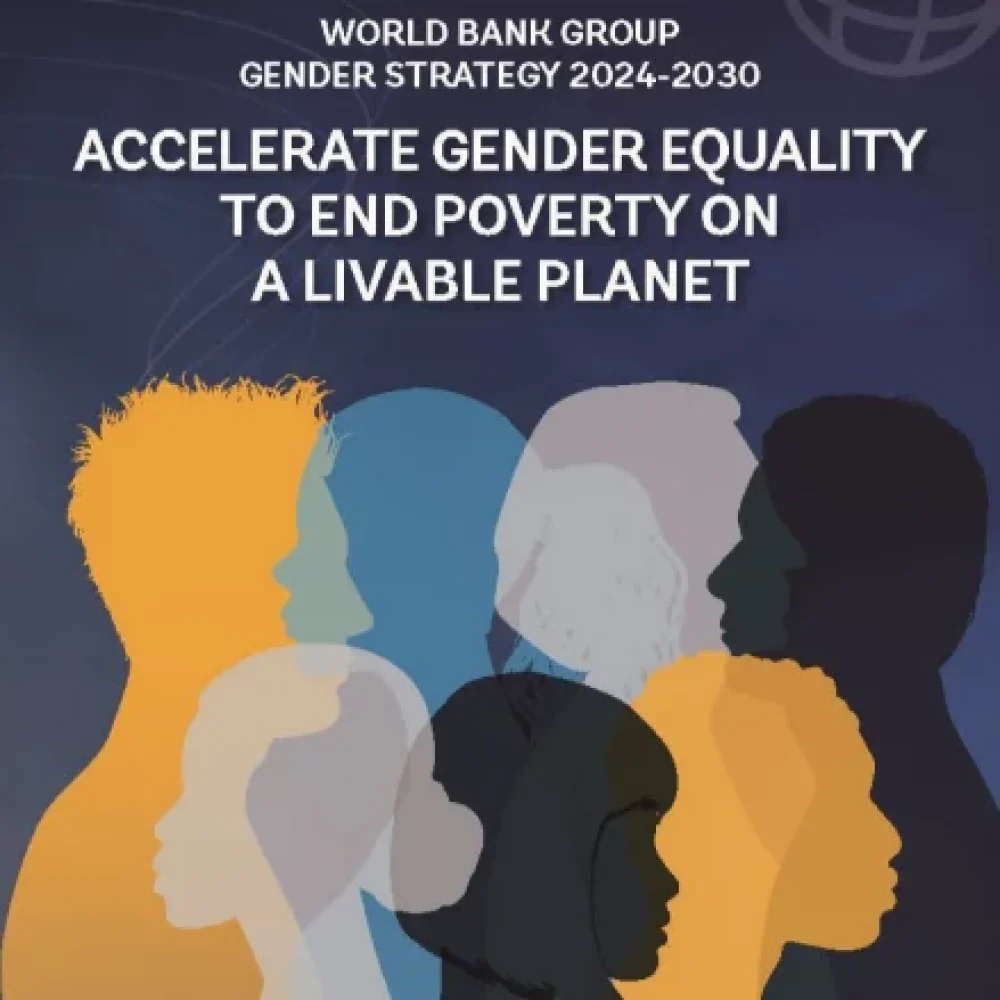This Case Studies section presents examples of existing gender analysis approaches and tools that have been applied by different ITF stakeholders, including countries, multilateral development banks, and regional and international organisations.
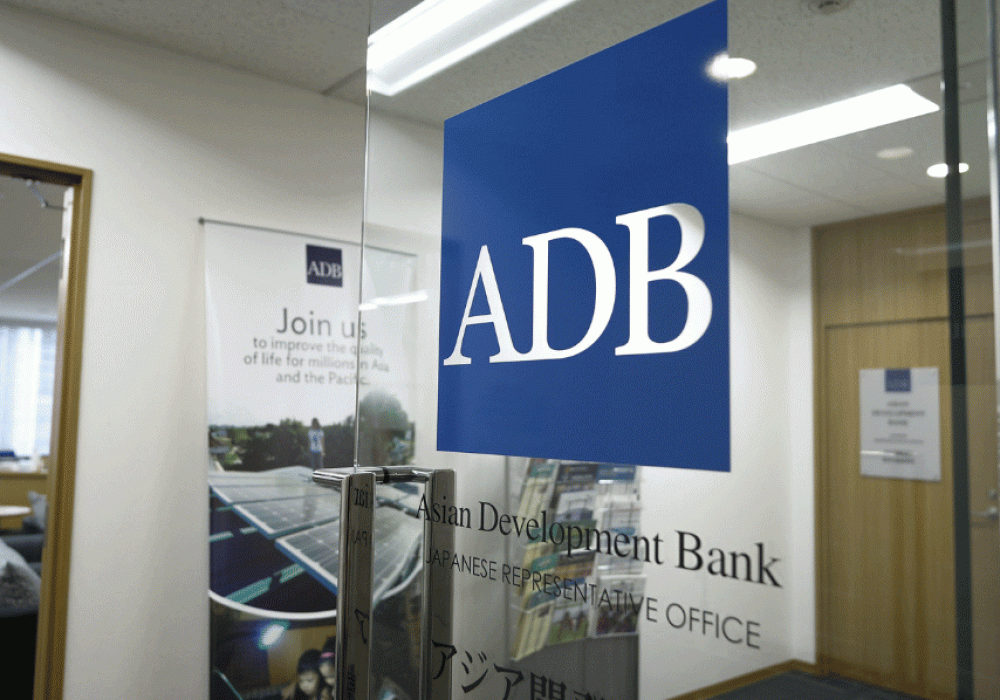
Asian Development Bank’s (ADB) Policy on Gender and Development (GAD) adopts gender mainstreaming as a key strategy for promoting gender equality and women’s empowerment in all ADB operations. ADB adopts 4-tier gender categorisation system to measure, count, and report on the extent to which gender equality issues are integrated into project design.
The Government of Canada has been committed to using Gender-Based Analysis (GBA) Plus in the development of policies, programs and legislation since 1995. At Transport Canada, the GBA Plus Centre of Excellence works to integrate the application of GBA Plus through guidance and review of GBA Plus conducted in support of Cabinet documents, funding submissions and budget proposals.
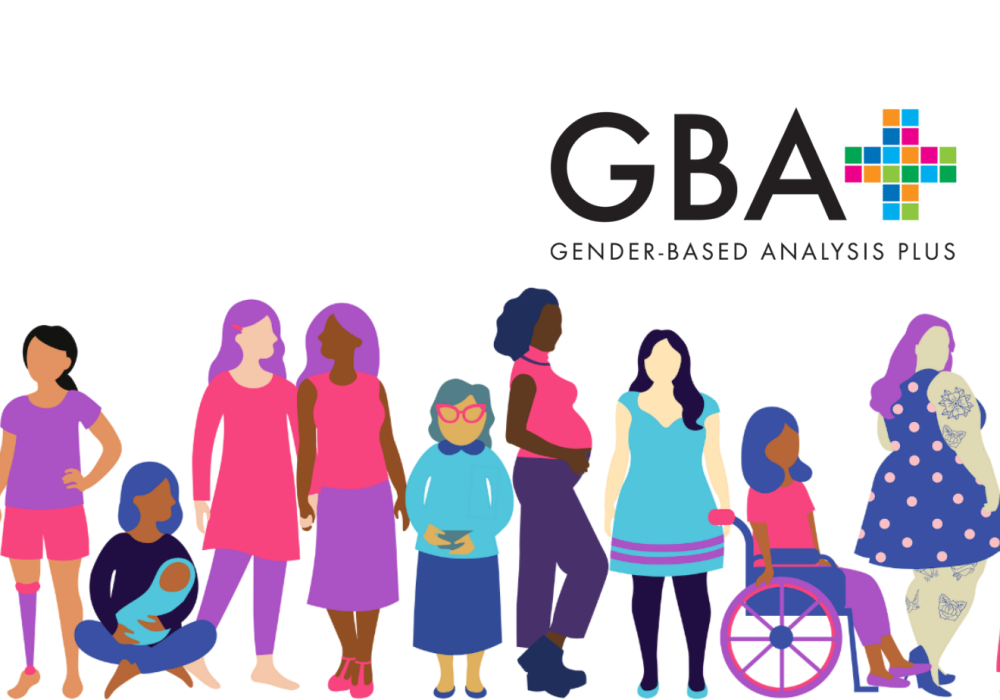

The development of new transport systems and/or changes to existing systems have the potential to bring huge benefits for transport workers, but to build a sustainable public transport system characterised by decent work, the needs and concerns of transport workers need to be meaningfully included in decision-making.
The European Bank for Reconstruction and Development (EBRD) considers the collection of sex- disaggregated data as vital for determining both direct and indirect impacts of their investments.
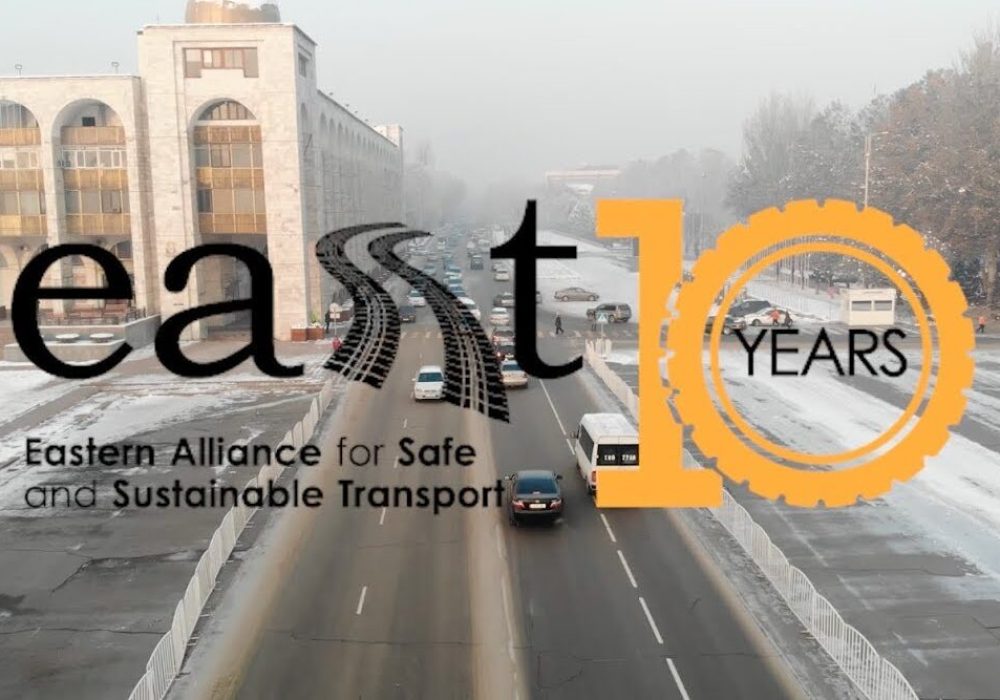
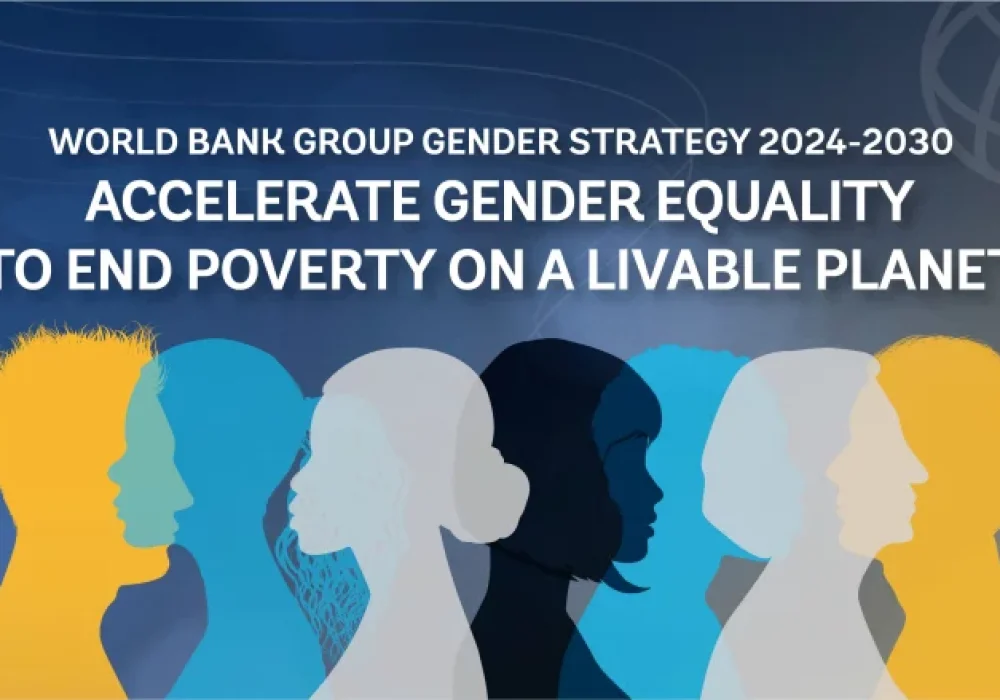
The World Bank’s Gender Tag criteria helps teams to identify strategic opportunities to narrow gender gaps within the scope of their projects. Operations tagged for gender need to meet two criteria: they address one or more of the pillars of the World Bank Group Gender Strategy 2016-2023, and the Project Appraisal Document (PAD) articulates a logical chain from analysis, to actions, to indicators in the project’s Results Framework.
Asian Development Bank’s (ADB) Policy on Gender and Development (GAD) adopts gender mainstreaming as a key strategy for promoting gender equality and women’s empowerment in all ADB operations. ADB adopts 4-tier gender categorisation system to measure, count, and report on the extent to which gender equality issues are integrated into project design. The design and implementation of gender responsive and gender-inclusive transport projects require gender analysis and policy dialogue during the planning and design phase, and gender capacity development for transport sector agencies during implementation. These people centred questions are critical to ask and understand if transport investments are to deliver inclusive results and bring equitable benefits to women.
The gender analysis aims to: (i) identify key gender issues and determinants directly relevant to the intended transport infrastructure and services to be provided by the project; (ii) assess the differing needs and constraints of men and women in access and utilisation of transport infrastructure and services; (iii) assess specific gender concerns, such as gender based violence and safety of women in public transportation systems; (iv) inform gender-inclusive project designs by identifying opportunities to maximise gender benefits and minimise and mitigate adverse gender impacts or risks through the proposed project, and (v) collect baseline sex-disaggregated data to be used in monitoring project outputs and outcomes during project implementation. The link between gender equality and transport interventions becomes clear when attention is given to the different transport needs, purposes, and modes of transport of women and men, instead of a narrow focus on provision of transport infrastructure. The ITF Gender Analysis Toolkit for Transport Policies provides guidance on gender dimensions of transport, and how to integrate gender analysis into transport project design, implementation, and policy engagement. This will be beneficial to ADB staff during project processing when gender performance indicators are designed, during implementation when projects are monitored, and as a reference when engaging in meaningful policy dialogue with government partners and private sector clients.

The Government of Canada has been committed to using Gender-Based Analysis (GBA) Plus in the development of policies, programmes and legislation since 1995. At Transport Canada, the GBA Plus Centre of Excellence integrates GBA Plus guidance and review into Cabinet documents, funding submissions and budget proposals. The ITF Gender Analysis Toolkit for Transport Policies supports GBA Plus processes and analysis with overarching guiding principles. These help ensure that our work is aligned globally with ITF member countries. Results from the Toolkit questionnaires provide perspective on Canada’s global standing and point to where there is room for improvement at Transport Canada e.g. lack of available gender-disaggregated data, for example. The Toolkit supports a global gender in transport policy dialogue and allows member countries to share knowledge and best practices, leading to more fulsome gender analysis in transport policies.
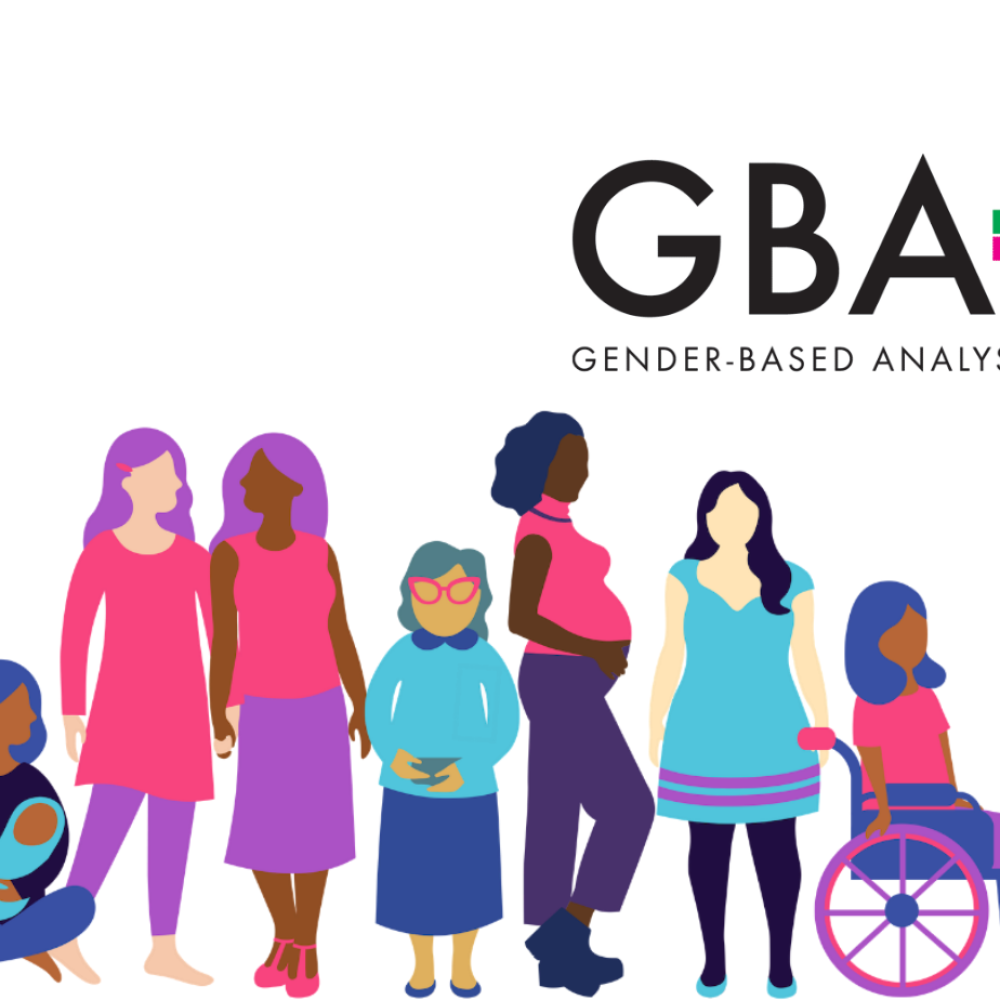
The development of new transport systems and/or changes to existing systems have the potential to bring huge benefits for transport workers, but to build a sustainable public transport system characterised by decent work, the needs and concerns of transport workers need to be meaningfully included in decision-making.
Labour impact assessments that include gender and the use of gender-disaggregated data are vital to better understand the economic and social impacts of public transport projects, the specific impacts for women, and to identify how policies can be developed to meet the needs of transport workers, ensuring that equality issues are addressed.
The International Transport Workers’ Federation has commissioned labour impact assessments, including gendered impacts, in Nairobi (2019) and Dakar (2020) (and is about to start a labour impact assessment in Abidjan) to look at the impact of Bus Rapid Transport (BRT) on informal transport workers. Using socio-economic data on the informal transport workforce and information on the proposed BRT system – collected through desk-based and field research with union participation, including questionnaire surveys, focus-group discussions, meetings with stakeholders and in-depth interviews with workers – the assessment considers the potential impact of BRT on the livelihoods and working conditions of those dependent on the urban transport industry, particularly those employed in the informal economy. It presents recommendations for the introduction of BRT, outlining practical steps for a just transition from informal to formal transport. This includes, for example, the consideration of the inclusion of paratransit stakeholders in BRT consultation and planning, the formalisation of employment, the promotion of women’s employment and gender equity, reduction of congestion, transport-related emissions, reduction in corruption, related crime and gender-based violence.
The study is based on participatory methods working with a team of local field researchers nominated by the relevant trade unions and associations supervised by researchers with survey experience in the informal economy, including locally-based academic and industry specialists. All data is disaggregated by gender and age. The research teams are gender-balanced and focus group discussions include at least one women-only group. The process gives visibility to the experiences and work of women.
The ITF Gender Analysis Toolkit for Transport Policies – and, in particular, the Gender Checklist for Transport Policies and Projects – can be used alongside labour impact assessments to ensure transport projects and policies generate positive outcomes for gender equality in the transport workforce.

The European Bank for Reconstruction and Development (EBRD) considers the collection of gender-disaggregated data as vital for determining both direct and indirect impacts of their investments. A project focused on communities along the Obigarm-Nurobod road improvement – an important transit route in Central Asia – assessed local mobility needs and the differential exposure of men and women to risk. The Eastern Alliance for Safe & Sustainable Transport (EASST) was appointed to design and implement a Transport Needs Assessment in the most affected locations. The survey used three different research instruments to analyse the problem: a household travel survey, an observational study at selected locations of interest, and a focus group study to facilitate an in-depth analysis of transportation needs, the expectations for the new road as well as the road-risk perceptions of local vulnerable road users. The household travel survey appropriately adapted the “travel diaries analysis”, an approach that has been previously applied in only a limited number of cases in low- and medium-income countries around the world. A structured questionnaire was used to elicit information on existing mobility patterns and transport needs. The analysis of 360 travel days of both male and female respondents revealed important information regarding social and gender-related issues that seriously affect women’s mobility, safety and employment. These findings show the value of carrying out specific data collection around women’s mobility patterns and need as highlighted by the ITF Gender Analysis Toolkit for Transport Policies, which also contains helpful templates for assessing government policies on gender and transport. The EBRD is exploring ways in which the issues uncovered by the research might be addressed, including improving public transport links, supporting employment opportunities for local women, and addressing the digital divide.
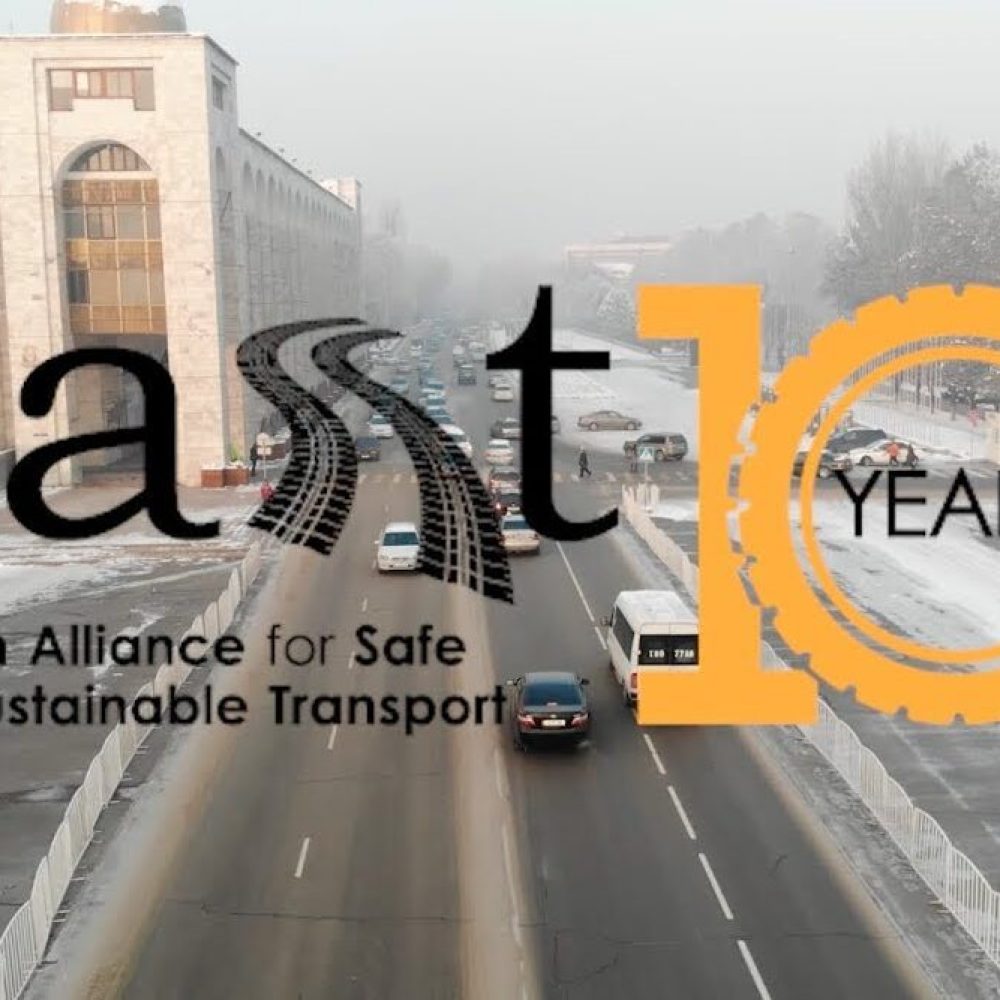
The World Bank’s Gender Tag criteria helps teams identify strategic opportunities to narrow gender gaps in their projects. Operations tagged for gender need to meet two criteria: address one or more of the pillars of the World Bank Group Gender Strategy 2016-2023 and the Project Appraisal Document (PAD), which articulates a logical chain from analysis and actions to indicators in the project’s Results Framework. The PAD must include (i) gender analysis that identifies and substantiates gaps between or among females and males in a given sector or project context; (ii) actions that are interventions to address identified gender gaps; and (iii) monitoring and evaluation (M&E) indicators to measure progress of the proposed actions.
The same Tag criteria applies to operations in all sectors including transport. Teams must undertake gender analysis to establish a baseline for a specific gap. Best efforts are made to obtain project level data either through company questionnaires (e.g. women’s employment in a transport company) or through field surveys when the projects would like to collect and analyse data on gendered barriers to mobility, and the latter is much lengthier and more costly). When data cannot be collected, proxies based on national statistics or a value of 0 or N/A are used, and data is collected later during the project implementation. The ITF Gender Analysis Toolkit for Transport Policies complements the World Bank’s in-house guidance documents that teams use to undertake gender analysis of transport projects and operations, and to develop gender indicators against which progress is measured.
